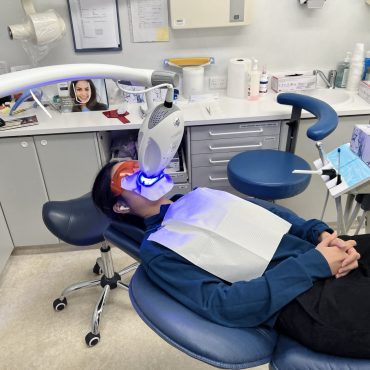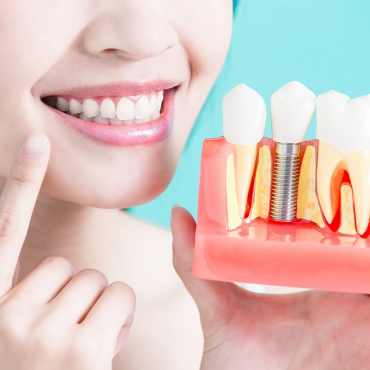Dental X-Rays: Types, Uses & Safety

Dental X-rays are an important diagnostic tool in modern dentistry, can be used to quickly and painlessly take images of teeth and jaws.X-ray scan that gives a panoramic or wide view of the lower face. It can display all the teeth on both jaws on one film, including those that have not surfaced or erupted yet, such as wisdom teeth. It also offers a view of the jawbone and the temporo mandibular joint (TMJ), which connects the jaw to the rest of the skull. It can help your dentist detect oral health problems like cavities and gum disease before they become worse.There are several different types of Dental X-Rays, each has unique uses.
Intraoral
Intraoral X-rays are the most common type of dental X-ray. They provide detailed images of individual teeth and the surrounding bone structure, helping to detect cavities, root infection, and bone loss.
Bitewing
Bitewing are used to check for cavities between teeth and problems with the alignment of upper and lower teeth. X-rays can also show bone loss when there is severe gum disease or tooth infection.
Periapical
Periapical X-rays focus on one or two teeth at a time, showing the entire tooth from crown to root. Assess the health of the crown and root of the tooth, as well as the bone surrounding the root
Occlusal
Occlusal X-rays are larger than most dental X-rays. it is done when your jaw is closed to see how your upper and bottom teeth line up. It can also detect anatomical abnormalities with the floor of the mouth or the palate.
Extraoral
Extraoral X-rays are very helpful when your dentist needs to look at more than just a couple of teeth. Since the film or digital sensor sits outside your mouth, it captures a wider area, like your whole jaw, facial bones, or even parts of your skull. This makes them perfect for diagnosing issues that affect the bigger structure of your mouth.
Panoramic
Panoramic X-rays are like getting a big, all-in-one snapshot of your mouth. The machine swings around your head in a quick arc, taking a single picture that shows every tooth, your upper and lower jaws, and even a bit of your sinuses. It’s perfect for catching things that don’t show up in regular X-rays.
Cephalometric
Like a side profile photo of your head, showing your teeth, jaw, and part of your skull they’re a go-to for orthodontists who need to see how your teeth and jaw match up with your face.
Cone Beam CT Scans
Like the fancy, 3D version of an X-ray. They give a full, three-dimensional view of your teeth, jaw, nerves, and even the soft stuff like gums. It’s perfect for complicated jobs, like setting up dental implants or checking out a busted jaw.
Is it safe for human body to do X-ray?
Dental X-rays are totally safe for most people because they use such a tiny bit of radiation that it’s almost nothing. Think about taking a long flight or even just hanging out in the backyard for an afternoon—you’re getting more radiation from those than from a dental X-ray.
That said, there are a couple of situations where we’re extra careful. If you’re pregnant, you should talk to the doctor, X-rays are alway skip unless it’s urgent, like if you’ve got a toothache we can’t figure out without a look. We u se the lowest dose possible and only take X-rays when we really need them, like to check if their adult teeth are coming in okay.
Dental X-rays are a safe, normal part of keeping your teeth healthy. They help us spot problems before they get painful or pricey, and we take every step to keep the process worry-free. If you’re ever unsure, just ask us at Sunrise Dental Chatswood—we’ll explain everything and make sure you’re good to go.



